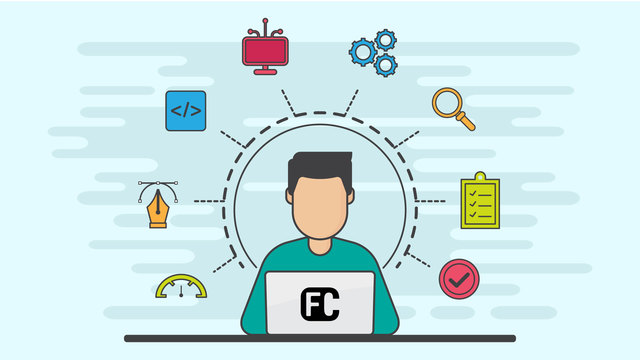
Fun Science Experiments
In this course, you don't need robots and programming. In this course, students will experiment with physical and chemical concepts, like balance, forces, gravity, inertia, temperature, ratios, and others.
- 2
- 0:00
- 7

In this course, you don't need robots and programming. In this course, students will experiment with physical and chemical concepts, like balance, forces, gravity, inertia, temperature, ratios, and others.


This robot has a color sensor and this sensor is used for following lines. Additional Mindstorms EV3 sensors could be place on the robot, like a Gyro sensor or a second Color sensor.


This block as 4 settings. Let's see how they are used.


Following the Advance Light/Color sensors calibration for a minimum value for a single sensor tutorial, in this one, we continue with finding the maximum value detected by a sensor and storing this value in an array.

Instructions for a simple Crane construction built from LEGO Mindstorms EV3 set. In order to operate properly, you need to add weight at the back of the jib. The most interesting part of the robot is the design of its hand, so examine it closely.

The program that Nightbeast team use for their first Run in FLL Into Orbit Challange. In this run they solve two missions: SpaceTravel and Solar Panel .

We had a couple of minutes before starting another robot and we just came up with this robot. If you would like to build a Box Robot, but don't have enough parts this is a good construction that you could learn from. It has a frame. It has three motors. You can add attachments at the top.

No need for all attachments to be powered by motors and to include gears. It's sometimes possible to use a simple robot attachment to collect objects. Such attachments we call passive and this one is an example for the Box Robot Chassis.
Build with LEGO Mindstorms EV3

Experiment with changing the orientation and direction of gear wheels. Here are part of the tasks that you should complete before moving forward with the course.